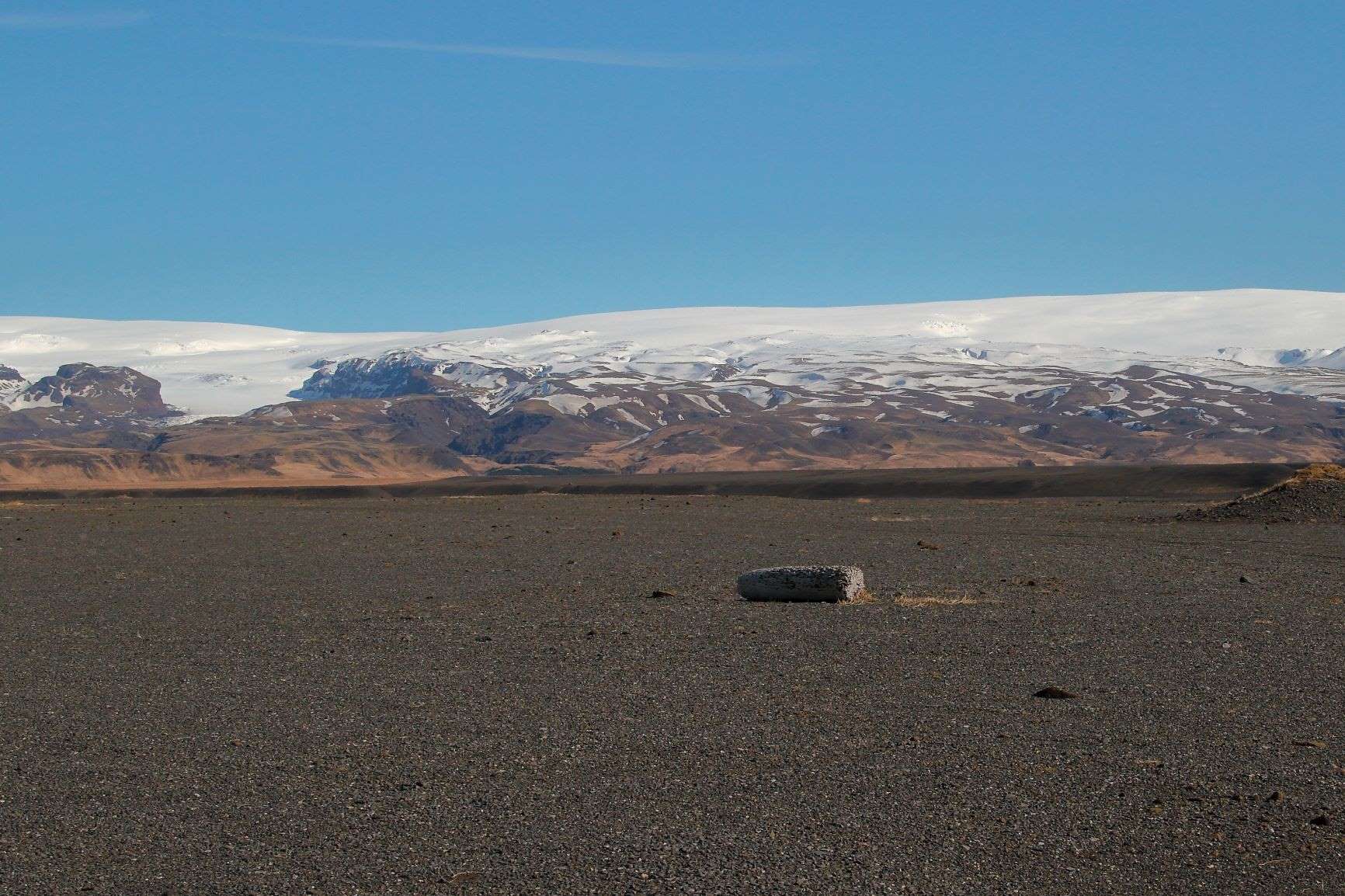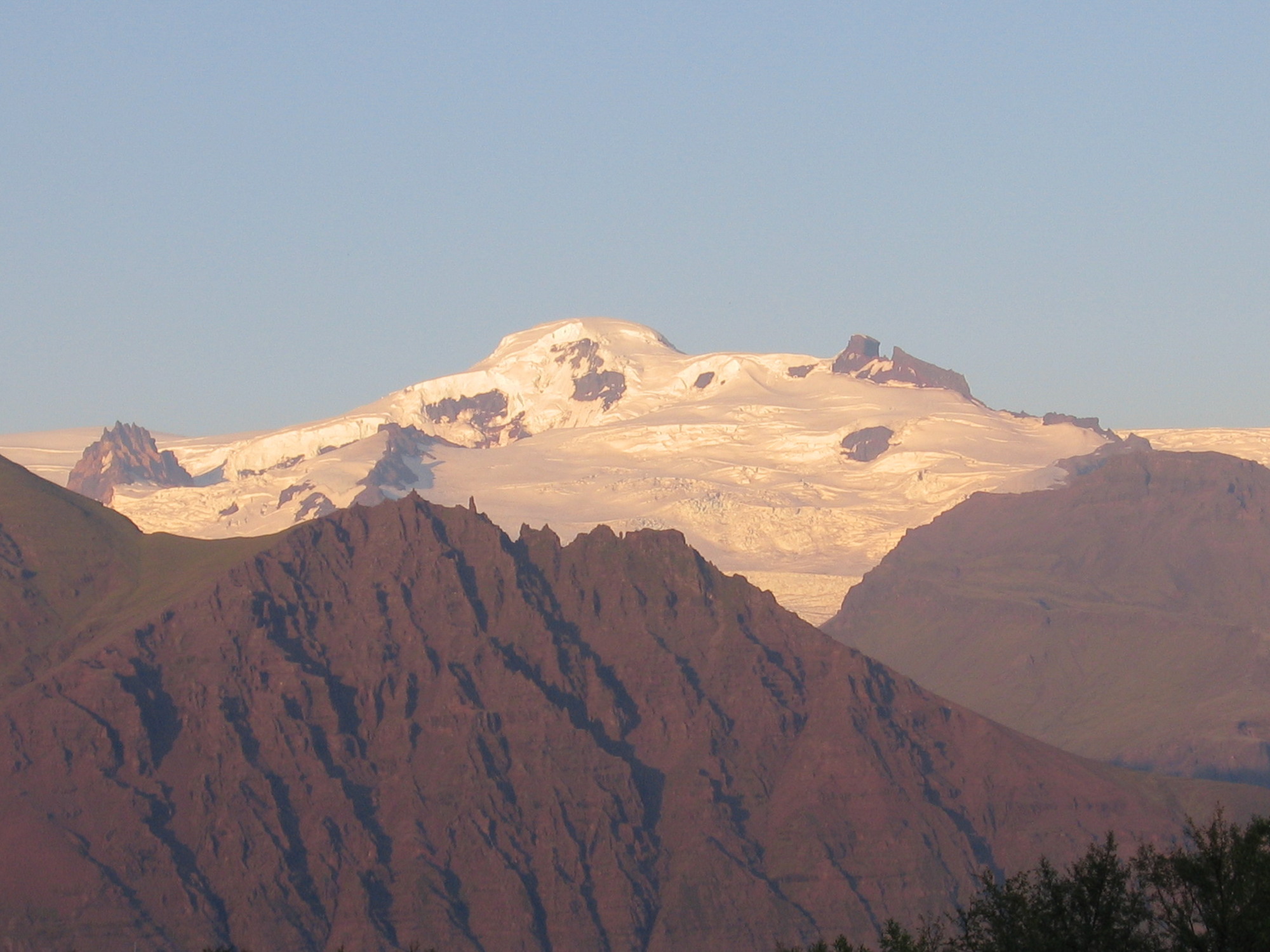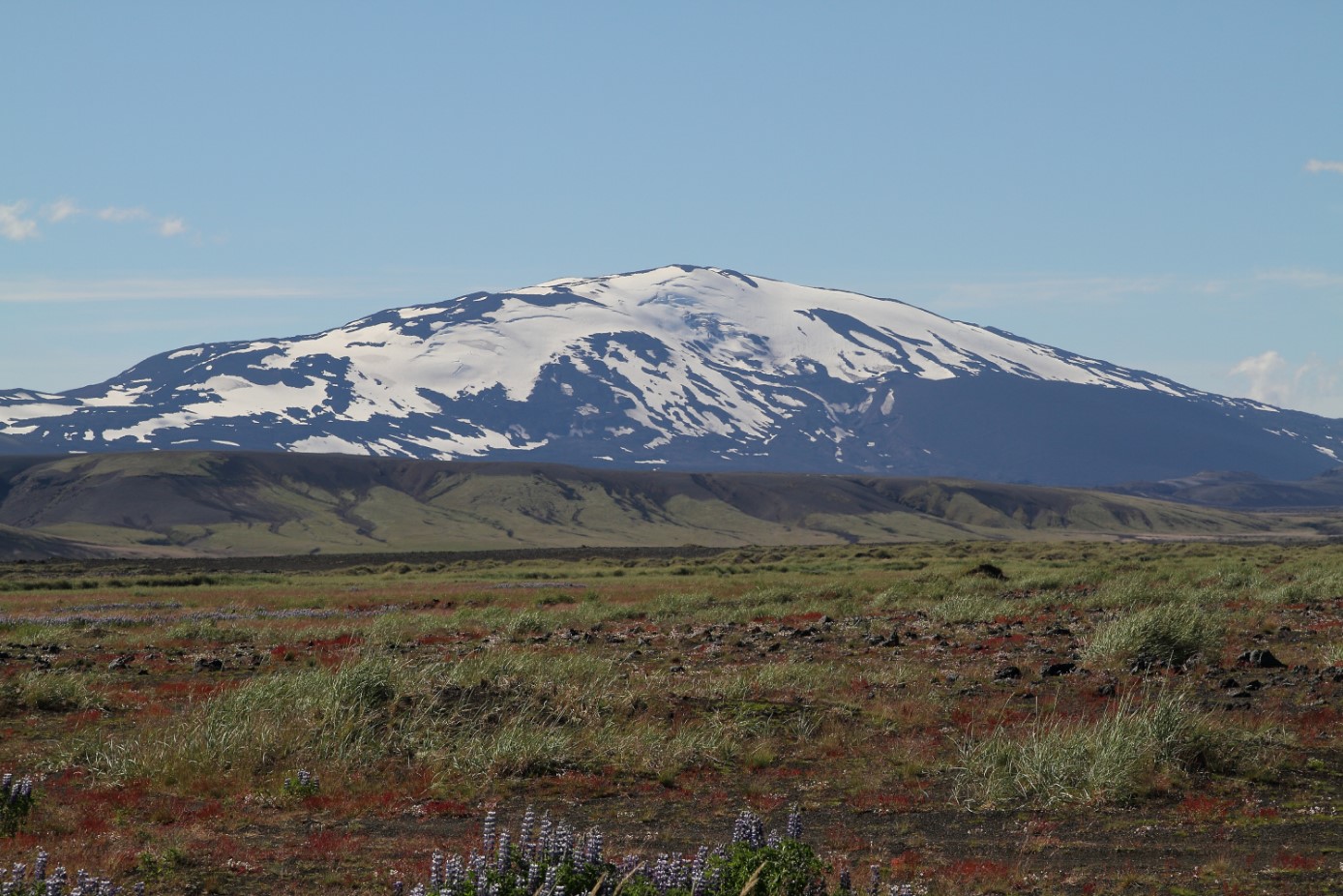Tephrabase
Principle author: Anthony Newton
Additional contributors: None
Contributing institution: University of Edinburgh
Publisher: University of Edinburgh
Date Created Begin: 1995
Date Created End: Ongoing
Spatial Coverage: Iceland
Temporal Coverage: 750-2011 CE
Subject List (FISH Vocabularies): Archaeological Objects: Tephra; Archaeological Sciences: Tephrochronology, Palaeoenvironmental Analysis, Stratigraphic Description; Events: Test Pit, Environmental Sampling, Geomorphological Survey; Historic Characterization: Palaeolandscape Component, Peat Deposit
Relation: None at this time
Language: English
Format: jSON
Type: Dataset
Creative Commons Licensing: CC BY
Collection method(s): Soil sections, Core sampling
Objects/samples collected: Volcanic ash (tephra) samples
Why are you collecting this data/overall objective?: To use the tephra layers as means of dating archaeological sites and environmental events and change, as well as using the morphology of the layers to help understand environmental conditions at the time they were deposited.
How will you use this data?: This data is available to be used by anyone doing tephrochronological research. In particular, this data will be used in dataARC as a chronological framework to link archaeological and landscape features and sediments to historical records and other data (e.g. climate).
Important points of interest within data: The Landnám Tephra (Settlement) layer (dated to 877 AD) erupted around the time that Norse settlers first arrived in Iceland. It provides a time marker, below which humans were not present on the island (except perhaps a few monks) and above which we can see the clear impact of people and grazing animals. Apart from a couple of walls, no archaeological remains have been found below the Landnám Tephra Layer. There are few places on earth with such a clear marker of the arrival of people, agriculture, and the subsequent impact on the landscape.
Iceland's high-resolution tephrochronological record allows a precision of dating of archaeological sites and palaeoenvironmental records. Identified tephra layers can be correlated from the archaeological sites to various places in the surrounding landscape, enabling a connection between the people (and their buildings) and the landscape at particular moments in time. Again, this is not possible in most other locations.
Despite Iceland being one of the most volcanically active places on Earth, with an eruption once every 4-5 years on average, Icelandic society has survived for over 1200 years. This shows resilience to the impacts of repeated eruptions and also extensive soil erosion (identified in the tephra deposits in the soils). Locally areas had to be abandoned, but Icelandic society as a whole has survived and prospered.
Publications: Newton, A.J., Dugmore, A.J. and Gittings, B.M. (2007) Tephrabase: tephrochronology and the development of a centralized European database. Journal of Quaternary Science 22, 737-743. https://doi.org/10.1002/jqs.1094
Description: The Tephrabase dataset contains details of tephra (volcanic ash) layers at over 1000 sites in Europe and over 400 of these are in Iceland. The Icelandic tephra layers range from the early Holocene period to the most recent eruptions. Many of the tephra layers that erupted since the settlement of Iceland in the 9th century have been precisely dated from ice core dating and using historical sources. This has produced an unparalleled chronology that can be used to date archaeological sites and palaeoenvironmental records, enabling correlations between the two and rates of environmental change to be studied.
The Tephramap of Iceland Volcanic Systems displays all of the volcanic systems in Iceland and which are used in this project. Users can click on an icon to view details (e.g. location, eruptions, references, data sources) for each of the 14 sites.
Retrieve full project and record-level metadata for Tephrabase on Github.



Data provided by The University of Edinburgh
The University of Edinburgh
